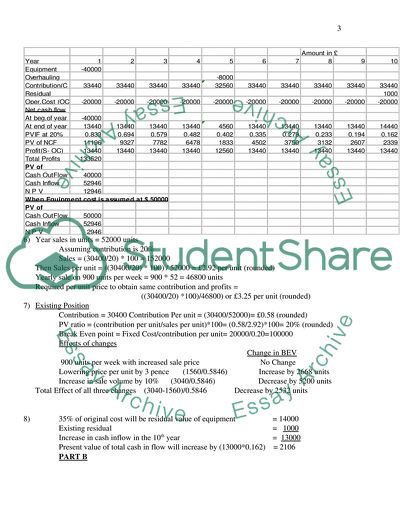Cite this document
(“Net Present value Essay Example | Topics and Well Written Essays - 1250 words”, n.d.)
Retrieved from https://studentshare.org/finance-accounting/1551371-net-present-value
Retrieved from https://studentshare.org/finance-accounting/1551371-net-present-value
(Net Present Value Essay Example | Topics and Well Written Essays - 1250 Words)
https://studentshare.org/finance-accounting/1551371-net-present-value.
https://studentshare.org/finance-accounting/1551371-net-present-value.
“Net Present Value Essay Example | Topics and Well Written Essays - 1250 Words”, n.d. https://studentshare.org/finance-accounting/1551371-net-present-value.


